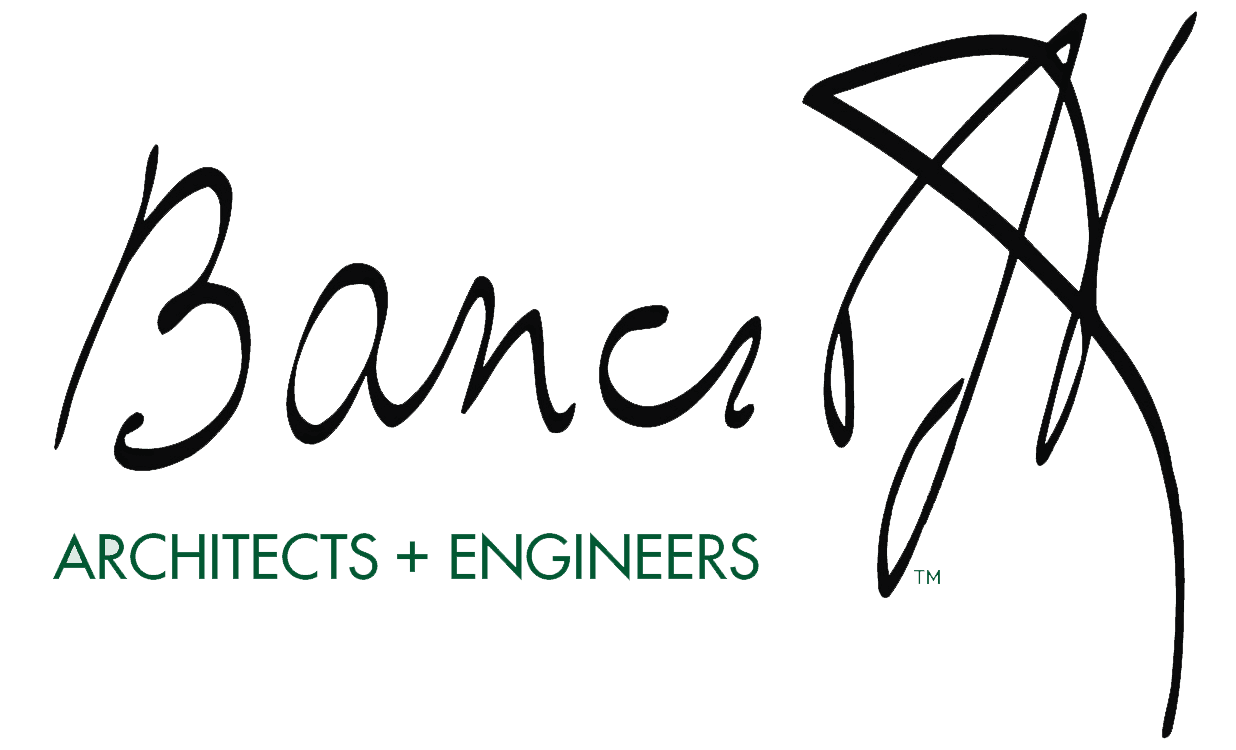Why Plumbing Engineering Matters in Healthcare Facilities
Explore the unseen heroes of healthcare—learn how plumbing engineering plays a crucial role in patient safety, infection control, and sustainability in medical facilities.
Explore the unseen heroes of healthcare—learn how plumbing engineering plays a crucial role in patient safety, infection control, and sustainability in medical facilities.
Plumbing engineering is integral to ensuring the safety and efficiency of medical facilities. Skilled plumbing engineers design systems essential for maintaining a clean and sterile environment—vital for patient care and infection prevention. They must navigate complex challenges, from ensuring uncontaminated water flows through faucets to safely disposing of hazardous waste.
These professionals implement advanced medical gas systems, which deliver life-saving gases to different areas of a healthcare facility. They also help with water quality management, preventing the growth and spread of pathogens through meticulous design and maintenance of plumbing systems. The effectiveness of these systems directly impacts patient outcomes.
The design and maintenance of plumbing systems help prevent the spread of waterborne pathogens that can compromise the health of patients and staff. With such high stakes, engineers must employ advanced strategies and technologies to mitigate these risks.
Here are a few ways quality plumbing engineering helps facilitate infection control in healthcare facilities:
Plumbing engineering ensures functionality and integrates sustainable and efficient solutions. Plumbing engineers use innovative measures to conserve water, enhance energy efficiency, and leverage green technologies. The cumulative effect of these efforts is a reduction in resource consumption and a diminished environmental footprint, all while upholding the performance and functionality standards required in healthcare environments.
Water is a precious commodity. By incorporating advanced technologies such as low-flow fixtures and faucets, dual-flush toilets, and waterless urinals, plumbing engineers can drastically curtail water usage without compromising hygiene or service quality.
Selecting fixtures that minimize electricity consumption, such as motion-sensor faucets and LED indicator lights for medical gas outlets, can substantially reduce the facility’s power use. This trims energy bills and helps reduce healthcare institutions’ carbon footprint.
Innovations like gray water recycling systems and solar-powered hot water heating help lessen the environmental impact of plumbing systems. Integrating building management systems allows for real-time monitoring and adjustment of a facility’s plumbing infrastructure, ensuring optimal performance and incident detection.
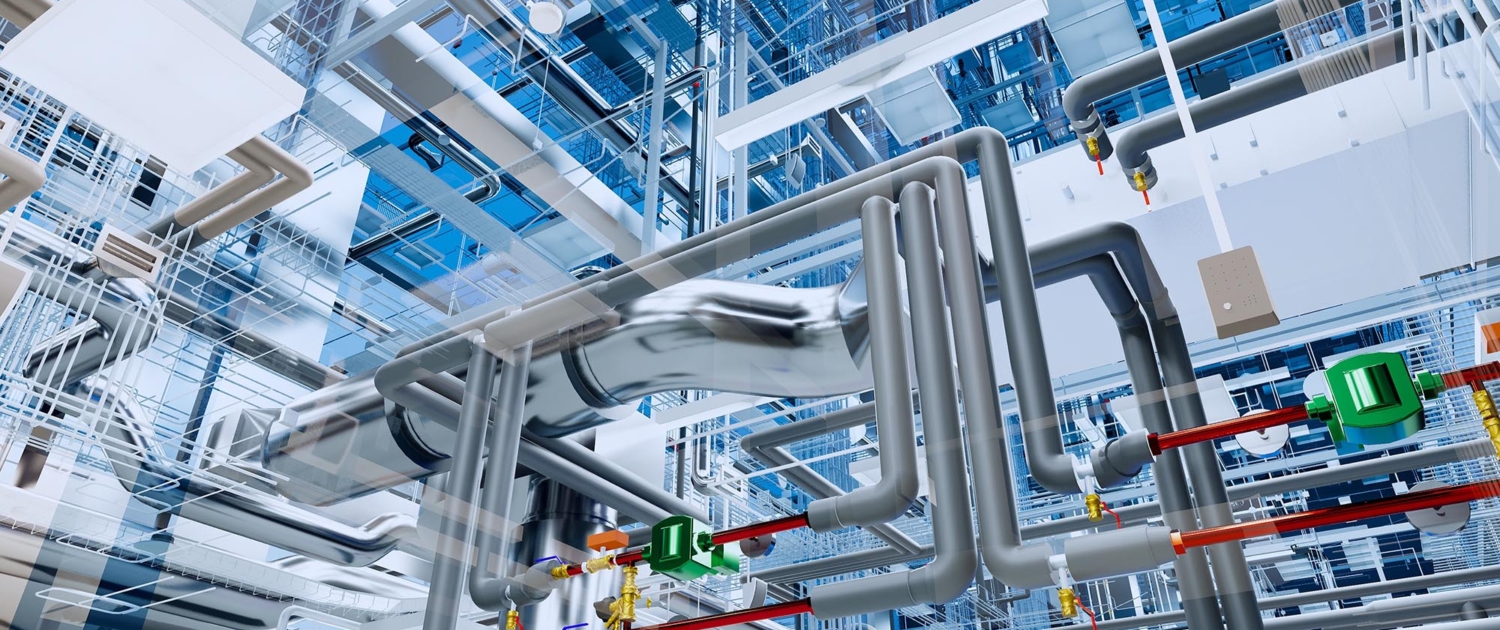
Plumbing engineering helps maintain a safe environment for both patients and staff. In healthcare facilities, plumbing systems are subject to stringent regulations and standards. Compliance is not merely a legal requirement but central to patient care quality and safety.
Several authoritative entities dictate the regulations and standards to which facilities must adhere. These include the Centers for Medicare & Medicaid Services (CMS), the American Society of Plumbing Engineers (ASPE), and the Joint Commission. Each organization has developed thorough guidelines that cover various aspects of plumbing design, installation, and maintenance within healthcare settings.
Plumbing engineers help healthcare facilities uphold the highest standards of safety and quality. Compliance involves routine inspections and adherence to protocols for managing medical gas systems, water quality, and prevention measures against the spread of infection through plumbing fixtures and systems.
Backflow incidents occur when contaminated water reverses direction and flows back into the clean water supply. In healthcare settings, this can have catastrophic consequences, such as introducing pathogens, chemicals, or hazardous materials into the water system, which can then be distributed to areas where sterile conditions are critical, like operating rooms or patient care facilities.
Best practices for backflow prevention in healthcare settings involve a combination of administrative controls, physical barriers, and mechanical devices designed to stop the reverse flow of water.
Healthcare facilities need to implement comprehensive strategies that include:
Don’t compromise on patient care and safety. Bancroft Architects Engineers offers expert plumbing engineering solutions that meet rigorous healthcare standards. We can enhance the functionality and sustainability of your facility’s plumbing system.
Healthcare facilities often house individuals with weakened immune systems, increasing their vulnerability to infections from waterborne bacteria such as Legionella, Pseudomonas, and other opportunistic pathogens. These microorganisms can thrive in hospital water systems and pose serious risks if not properly managed. Outbreaks of illnesses related to contaminated water are dangerous for patients, can damage the reputation of healthcare institutions, and can lead to legal repercussions.
Healthcare facilities must prioritize water quality management through proactive policies, maintenance, and monitoring strategies to mitigate the risks of waterborne infections.
Here are a few strategies to consider:
Selecting the appropriate piping materials is a foundational step in ensuring plumbing systems do not become sources of contamination.
Different piping materials carry distinct advantages and drawbacks for hygiene and safety.
Here’s a brief comparison:
When selecting piping materials for a healthcare environment, the following criteria should be considered:
Bancroft Architects + Engineers offers top-tier plumbing engineering. Our licensed and certified plumbing engineers possess the deep-seated technical know-how vital for crafting and supervising the intricate plumbing networks essential in healthcare. With a rich history of executing rigorous commercial projects, we deeply understand the idiosyncrasies involved in healthcare plumbing requirements.
Our engineers are proficient in devising efficient pipe routing, sizing drainage systems appropriately, and interweaving cutting-edge technologies such as water recycling systems and automated monitoring controls.
Ready for design you can count on? Reach out today.
 https://www.bancroft-ae.com/wp-content/uploads/2024/08/Plumbing-System-Design-for-Patient-Comfort_.jpg
1250
2000
Abstrakt Marketing
/wp-content/uploads/2023/09/BAE_Logo_Signature-2019-no-.png
Abstrakt Marketing2024-08-05 15:51:302024-09-10 11:12:49Plumbing System Design for Patient Comfort
https://www.bancroft-ae.com/wp-content/uploads/2024/08/Plumbing-System-Design-for-Patient-Comfort_.jpg
1250
2000
Abstrakt Marketing
/wp-content/uploads/2023/09/BAE_Logo_Signature-2019-no-.png
Abstrakt Marketing2024-08-05 15:51:302024-09-10 11:12:49Plumbing System Design for Patient Comfort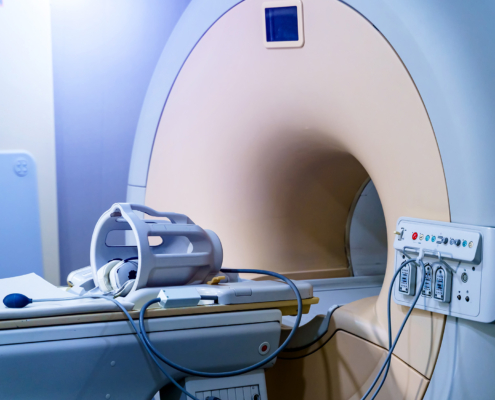 https://www.bancroft-ae.com/wp-content/uploads/2024/08/How-to-Engineer-Plumbing-Designs-for-Healthcare-Facilities.jpg
1250
2000
Abstrakt Marketing
/wp-content/uploads/2023/09/BAE_Logo_Signature-2019-no-.png
Abstrakt Marketing2024-08-05 15:42:052024-09-10 11:12:49How to Engineer Plumbing Designs for Healthcare Facilities
https://www.bancroft-ae.com/wp-content/uploads/2024/08/How-to-Engineer-Plumbing-Designs-for-Healthcare-Facilities.jpg
1250
2000
Abstrakt Marketing
/wp-content/uploads/2023/09/BAE_Logo_Signature-2019-no-.png
Abstrakt Marketing2024-08-05 15:42:052024-09-10 11:12:49How to Engineer Plumbing Designs for Healthcare Facilities https://www.bancroft-ae.com/wp-content/uploads/2024/06/Empty-corridor-in-modern-office-building-with-green-tree-outside-the-window.jpg
1250
2000
Abstrakt Marketing
/wp-content/uploads/2023/09/BAE_Logo_Signature-2019-no-.png
Abstrakt Marketing2024-06-04 08:06:042024-09-10 11:12:49How Can You Apply Construction Engineering to Optimize Space Use?
https://www.bancroft-ae.com/wp-content/uploads/2024/06/Empty-corridor-in-modern-office-building-with-green-tree-outside-the-window.jpg
1250
2000
Abstrakt Marketing
/wp-content/uploads/2023/09/BAE_Logo_Signature-2019-no-.png
Abstrakt Marketing2024-06-04 08:06:042024-09-10 11:12:49How Can You Apply Construction Engineering to Optimize Space Use?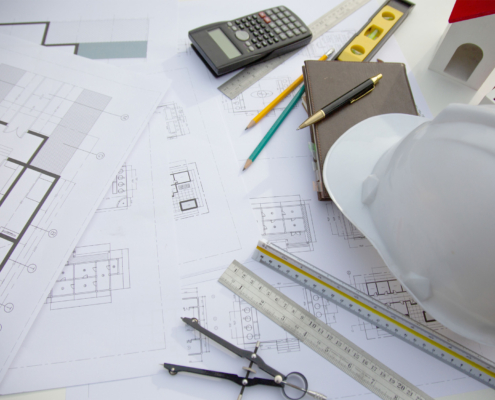 https://www.bancroft-ae.com/wp-content/uploads/2024/06/What-Does-Collaboration-in-Architectural-and-Engineering-Services-Mean.jpg
1250
2000
Abstrakt Marketing
/wp-content/uploads/2023/09/BAE_Logo_Signature-2019-no-.png
Abstrakt Marketing2024-06-03 11:39:252024-09-10 11:12:50What Does Collaboration in Architectural and Engineering Services Mean?
https://www.bancroft-ae.com/wp-content/uploads/2024/06/What-Does-Collaboration-in-Architectural-and-Engineering-Services-Mean.jpg
1250
2000
Abstrakt Marketing
/wp-content/uploads/2023/09/BAE_Logo_Signature-2019-no-.png
Abstrakt Marketing2024-06-03 11:39:252024-09-10 11:12:50What Does Collaboration in Architectural and Engineering Services Mean?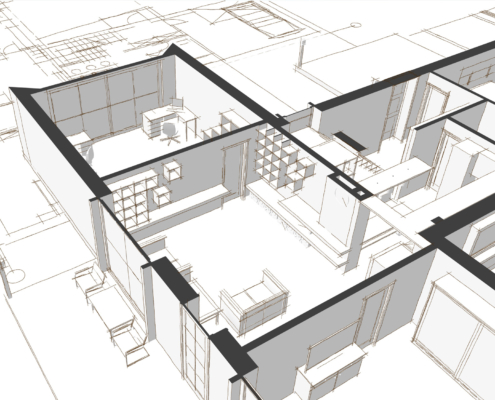 https://www.bancroft-ae.com/wp-content/uploads/2024/06/How-to-Streamline-Architectural-Drafting-Services.jpg
1250
2000
Abstrakt Marketing
/wp-content/uploads/2023/09/BAE_Logo_Signature-2019-no-.png
Abstrakt Marketing2024-06-03 11:24:102024-09-10 11:12:50How to Streamline Architectural Drafting Services
https://www.bancroft-ae.com/wp-content/uploads/2024/06/How-to-Streamline-Architectural-Drafting-Services.jpg
1250
2000
Abstrakt Marketing
/wp-content/uploads/2023/09/BAE_Logo_Signature-2019-no-.png
Abstrakt Marketing2024-06-03 11:24:102024-09-10 11:12:50How to Streamline Architectural Drafting Services https://www.bancroft-ae.com/wp-content/uploads/2024/05/wo-structural-engineers-looking-over-blueprints.jpg
1250
2000
Xander Killebrew
/wp-content/uploads/2023/09/BAE_Logo_Signature-2019-no-.png
Xander Killebrew2024-05-28 16:55:082024-09-10 11:12:50Where Does Structural Engineering Fit in My Construction Project?
https://www.bancroft-ae.com/wp-content/uploads/2024/05/wo-structural-engineers-looking-over-blueprints.jpg
1250
2000
Xander Killebrew
/wp-content/uploads/2023/09/BAE_Logo_Signature-2019-no-.png
Xander Killebrew2024-05-28 16:55:082024-09-10 11:12:50Where Does Structural Engineering Fit in My Construction Project?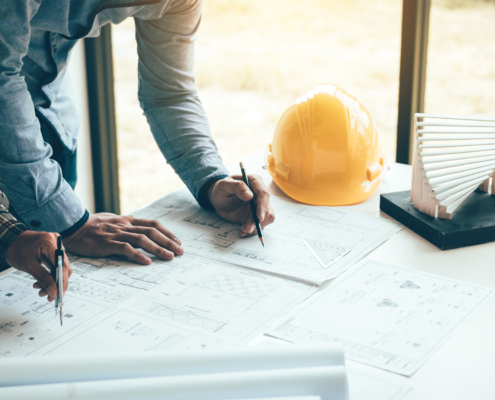 https://www.bancroft-ae.com/wp-content/uploads/2024/05/Breaking-Down-Conceptual-Design-Architecture-for-Healthcare-Facilities.jpg
1250
2000
Abstrakt Marketing
/wp-content/uploads/2023/09/BAE_Logo_Signature-2019-no-.png
Abstrakt Marketing2024-05-21 13:54:302024-09-10 11:12:50Breaking Down Conceptual Design Architecture for Healthcare Facilities
https://www.bancroft-ae.com/wp-content/uploads/2024/05/Breaking-Down-Conceptual-Design-Architecture-for-Healthcare-Facilities.jpg
1250
2000
Abstrakt Marketing
/wp-content/uploads/2023/09/BAE_Logo_Signature-2019-no-.png
Abstrakt Marketing2024-05-21 13:54:302024-09-10 11:12:50Breaking Down Conceptual Design Architecture for Healthcare Facilities https://www.bancroft-ae.com/wp-content/uploads/2024/05/How-Working-With-Pharmaceutical-Architects-Benefits-Your-Building-office.jpg
1250
2000
Abstrakt Marketing
/wp-content/uploads/2023/09/BAE_Logo_Signature-2019-no-.png
Abstrakt Marketing2024-05-15 15:40:082024-09-10 11:12:51How Working With Pharmaceutical Architects Benefits Your Building
https://www.bancroft-ae.com/wp-content/uploads/2024/05/How-Working-With-Pharmaceutical-Architects-Benefits-Your-Building-office.jpg
1250
2000
Abstrakt Marketing
/wp-content/uploads/2023/09/BAE_Logo_Signature-2019-no-.png
Abstrakt Marketing2024-05-15 15:40:082024-09-10 11:12:51How Working With Pharmaceutical Architects Benefits Your Building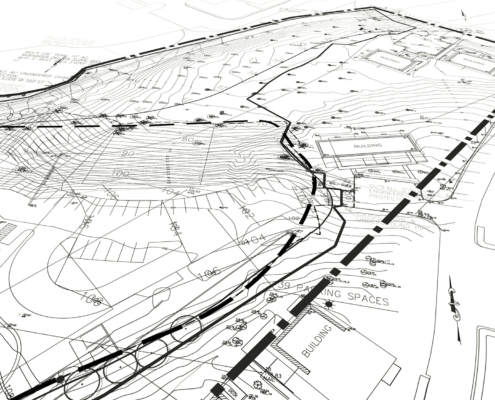 https://www.bancroft-ae.com/wp-content/uploads/2024/04/Close-up-of-a-civil-construction-document.jpg
1250
2000
Abstrakt Marketing
/wp-content/uploads/2023/09/BAE_Logo_Signature-2019-no-.png
Abstrakt Marketing2024-04-03 15:33:402024-09-10 11:12:51The Commercial Construction Civil Engineering Process
https://www.bancroft-ae.com/wp-content/uploads/2024/04/Close-up-of-a-civil-construction-document.jpg
1250
2000
Abstrakt Marketing
/wp-content/uploads/2023/09/BAE_Logo_Signature-2019-no-.png
Abstrakt Marketing2024-04-03 15:33:402024-09-10 11:12:51The Commercial Construction Civil Engineering Process
 How to Engineer Plumbing Designs for Healthcare Facilities
How to Engineer Plumbing Designs for Healthcare FacilitiesThis site uses cookies. By continuing to browse the site, you are agreeing to our use of cookies.
AcceptLearn moreWe may request cookies to be set on your device. We use cookies to let us know when you visit our websites, how you interact with us, to enrich your user experience, and to customize your relationship with our website.
Click on the different category headings to find out more. You can also change some of your preferences. Note that blocking some types of cookies may impact your experience on our websites and the services we are able to offer.
These cookies are strictly necessary to provide you with services available through our website and to use some of its features.
Because these cookies are strictly necessary to deliver the website, refusing them will have impact how our site functions. You always can block or delete cookies by changing your browser settings and force blocking all cookies on this website. But this will always prompt you to accept/refuse cookies when revisiting our site.
We fully respect if you want to refuse cookies but to avoid asking you again and again kindly allow us to store a cookie for that. You are free to opt out any time or opt in for other cookies to get a better experience. If you refuse cookies we will remove all set cookies in our domain.
We provide you with a list of stored cookies on your computer in our domain so you can check what we stored. Due to security reasons we are not able to show or modify cookies from other domains. You can check these in your browser security settings.
We also use different external services like Google Webfonts, Google Maps, and external Video providers. Since these providers may collect personal data like your IP address we allow you to block them here. Please be aware that this might heavily reduce the functionality and appearance of our site. Changes will take effect once you reload the page.
Google Webfont Settings:
Google Map Settings:
Google reCaptcha Settings:
Vimeo and Youtube video embeds:
